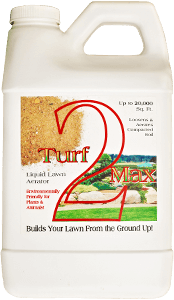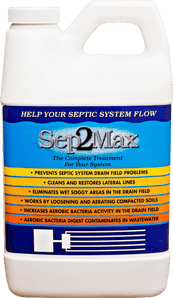First, let’s define what pH is. pH is translated as “potential hydrogen”. It is the way we calculate the number of hydrogen ions (H⁺) and hydroxyl ions (OH⁻). A pH of 7 is defined as neutral. This means that there are equal amounts of the H⁺ and OH⁻ ions.
The pH of soil, sometimes is referred to as “soil reaction”, that is a measure of the acidity or alkalinity of the soil. Although the pH scale ranges from 1.0-14.0 the pH of soil normally falls between 4.0 – 9.0. Therefore an extremely acidic soil will range in the 4.0 – 4.75 and an extremely alkaline soil from 8.5 – 9.0. A neutral soil is between 6.6 – 7.3.
Effects of Soil pH
Percolation of a soil depends on the soil particle size and on the chemical structure of the soil material. Soils become acidic or sour, by the oxidation of the organic matter and by selective leaching of salts (alkali and alkaline earth metals) by the passing groundwater.
Leaching is not altogether bad because this natural process removes unwanted elements. This is characteristic with higher rainfall. The parts of the country that receives the most precipitation are the areas that typically have lower pH soils. An exception to this would be areas where limestone is the parent material in the soil.
How Rainwater Alters the pH of Soil
When rainwater hits the soil, some of the water molecules (H₂O) divide into two ionic components; Hydrogen (H⁺) with a positive charge and Hydroxyl (OH⁻) with a negative charge. Most of the rainwater remains as (H₂O) which are absorbed by plants, infiltrate into the soil, or is transported on the surface.
The Hydrogen Effect on Nutrient Capacity in the Soil
The hydrogen ions with their positive charge are attracted to the clay particles which are negatively charged. Therefore an accumulation of hydrogen ions remains in the soil, therefore, lowering the pH of the soil.
As the hydrogen fills the sites on the clay particles, this leaves fewer available sites for the plant nutrients. At this point, the plants have problems getting enough nutrients. The hydroxyl ions are repelled by the clay soil, therefore become an electrolyte in the soil solution.
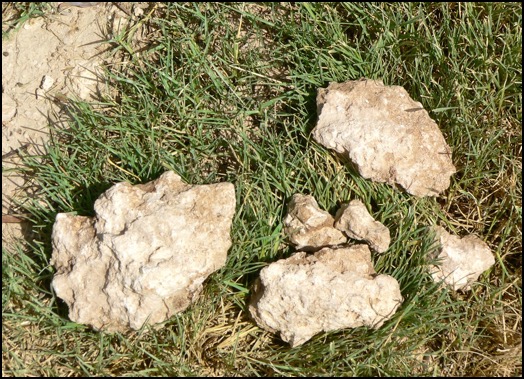
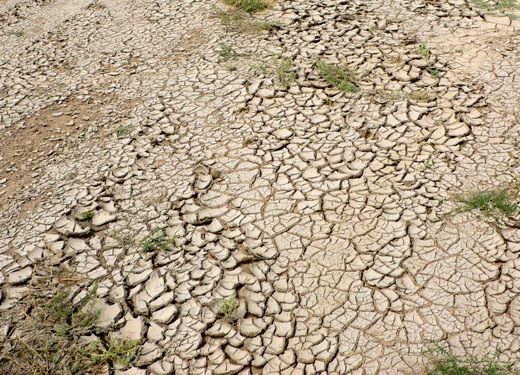
Sodic and Saline Soils
In areas particularly in low rainfall regions, high sodic (high sodium content) and/or saline soils are more prevalent. Why? Because there is less rainfall to leach the alkali and alkaline earth metals deep into the soil.
If the soil water containing hydroxyl ions leaches or evaporates, the hydroxyl ions remain in the soil, therefore, are components of basic alkaline salts. Therefore due to the high concentrations of these materials, the soil becomes alkaline. As the pH increases so does the formation of deposits such as calcium carbonate and magnesium carbonate.
Soil pH Affects Nutrient Availability
The pH of soil determines the availability of nutrients for the plants. A neutral pH from 6.2 – 7.3 is normally the most favorable for plant growth and development because the majority of the nutrients are available within this range.
pH Requirement for Plants
It is important to find out what the pH requirements are for particular plants. Some plants prefer a more acidic soil, and others prefer a more alkaline soil.
Most perennial flowering plants prefer the 6.1 – 7.0 range. However, certain plants including azaleas, camellias, holly, and pine trees thrive in acidic soils such as 4.5 – 6.0.
At higher pH levels such as 7.8 and above, nutrients such as calcium and magnesium are more available for plant uptake. However, other nutrients such as iron, copper, zinc, manganese, and phosphorous are much less available.
How Acidic Soil is Modified
When pH levels are very acidic the soil becomes overloaded with hydrogen cations. At this point, plants are not able to effectively get enough nutrition. Low soil pH such as 5.6 or below can be improved by adding ground limestone to the soil. The amount of limestone required depends on the pH, temperature, and the amount of soil organic matter.
The chemical reaction is: lime (CaCo₃) + hydrogen (H⁺) → calcium (Ca⁺⁺) + carbonic acid (H₂CO₃). Then the carbonic acid breaks down into water and carbon dioxide. H₂CO₃ → H₂O + CO₂.
In summary, CaCO₃ works by reacting with the free H⁺ ions in the soil and transforming it into water and carbon dioxide. This opens up the exchange sites in the soil thereby increasing the storage capacity of nutrients in the soil.

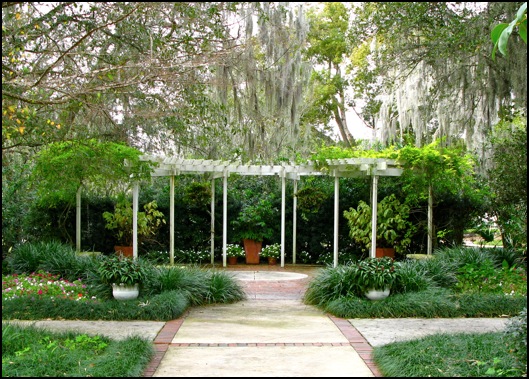
The Ideal Solution
We recommend that an application of Turf2Max on acidic soils precede the lime application. Why? Because Turf2Max will help perform some of the initial reactions including removal of some of the H⁺ ions. This will open up a portion of the exchange sites in the soil. After a 30 day period, a lime application could follow.
On moderately acidic soils, we have found that Turf2Max alone can help remediate the pH of the soil. For soils that are very acidic, we recommend two applications of Turf2Max followed by an application of lime. Early spring or late fall is the best time of the year to do this.
Lime Requirements
The amount of lime required is a direct relation to the soil pH. To increase the pH from 4.5 to 5.5 on a 5,000 sq. ft. area would require 10 – 50# bags of limestone. The amount of clay in the soil will also affect the amount required. The higher the clay percentage, the more lime that will be required to open up the exchange sites in the soil.
The reaction rate for limestone increases when the soil moisture and temperature is high and whether the limestone is granular or crushed. Due to the fact that limestone is calcium carbonate, the solubility is very low. By purchasing crushed limestone, you will achieve better results. Be sure to periodically monitor the pH of the soil with a pH meter.
How to Amend High pH Soils
Amending soils with a high pH can be more problematic. In areas such as Arizona, land managers may apply a solution of sulfuric acid during the winter to help lower the pH. Certainly, this requires close monitoring and not recommended without obtaining specific guidance from a professional for a particular site.
Another method involves applying elemental sulfur and water which converts into sulfuric acid to lower the pH of the soil. Both of these methods involve the synthesis of gypsum as the product of the reaction. Gypsum, which is calcium sulfate (CaSO₄) can be beneficial in reducing sodium levels in the soil.
Irrigation Water Can Cause Problems
 Irrigation water is required to help incorporate the materials into the soil. However, the water supply typically contains alkaline salts that could lead to more problems. Gypsum increases the salinity (total salts) in the soil, thus increasing the osmotic potential in the soil water.
Irrigation water is required to help incorporate the materials into the soil. However, the water supply typically contains alkaline salts that could lead to more problems. Gypsum increases the salinity (total salts) in the soil, thus increasing the osmotic potential in the soil water.
What does that mean? It means that plants will have a difficult time drawing water from the soil, thus causing plant distress. Management of alkaline soils is a difficult challenge. There is, however, an answer to this problem. We detail this solution on the soil restoration page.
